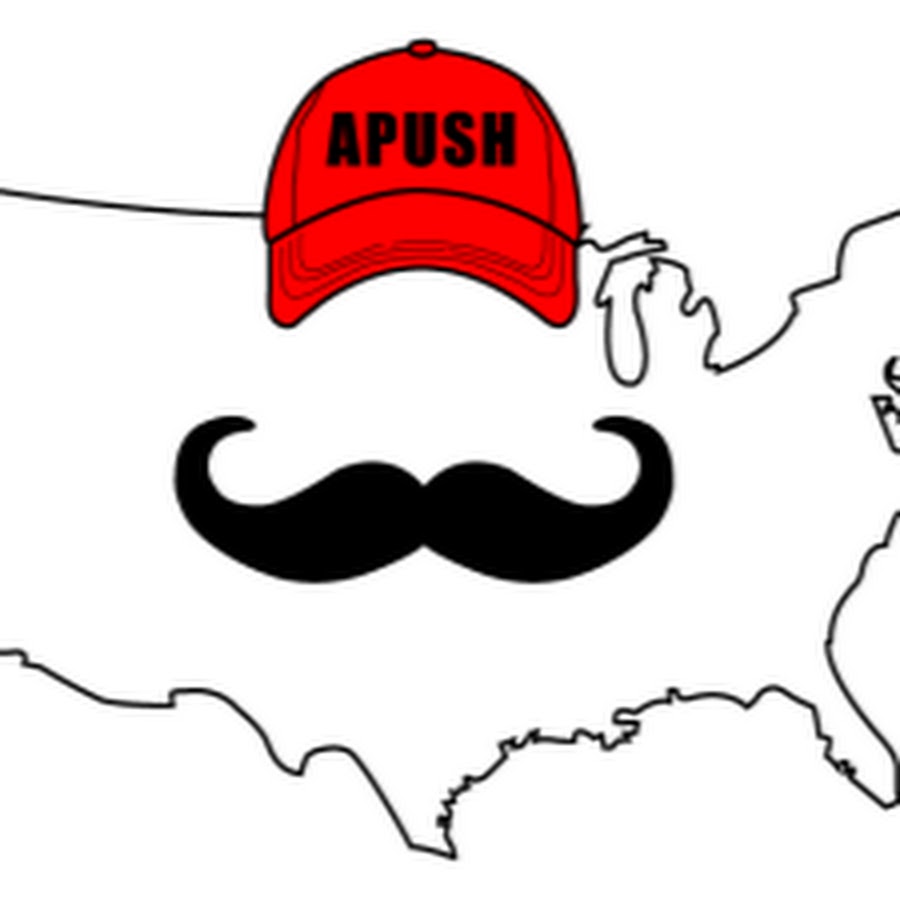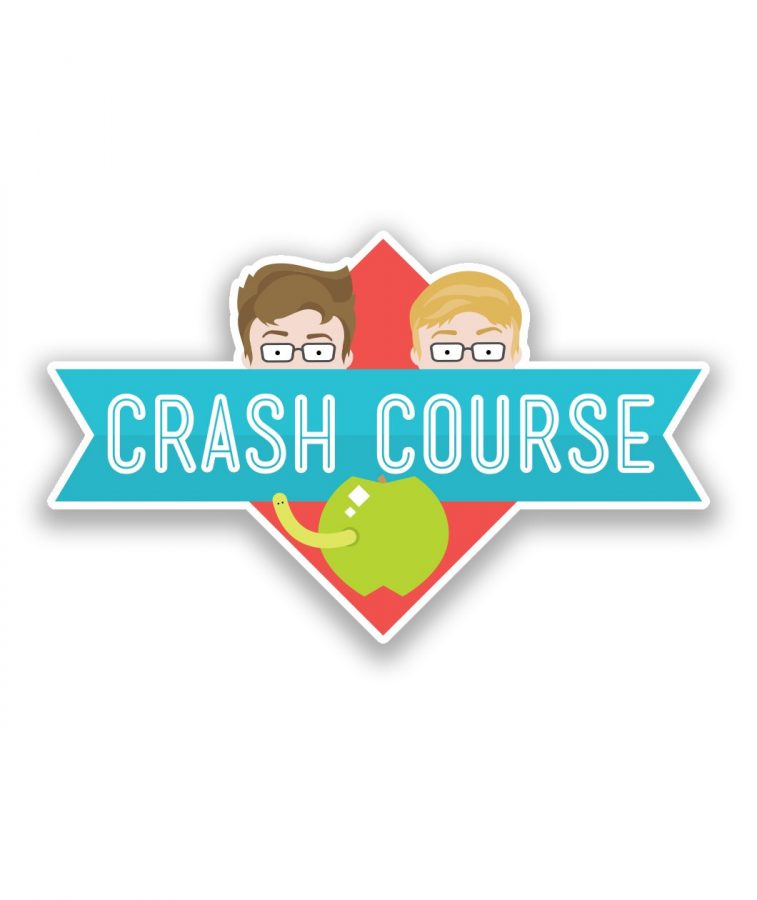Unit 1 Review Resources

Ms. Dickie's Review Video
This video covers units 1 and 2. Ms. Dickie discusses these units in a thematic way which will help best with the written response questions.

Heimler's History
Heimler covers the most important ideas from this unit in one video about 15 minutes long.
If you would like to rewatch videos from this unit based on the key concepts, then view this playlist here: Unit 1 Paylist

APUSH Review with Adam Norris
A review of this entire time period in a 10 minute video. These videos have notes on the screen which may be helpful when writing down key ideas.
If you like these, here are some more from this time period focusing on specific topics: More Period 1 Videos


